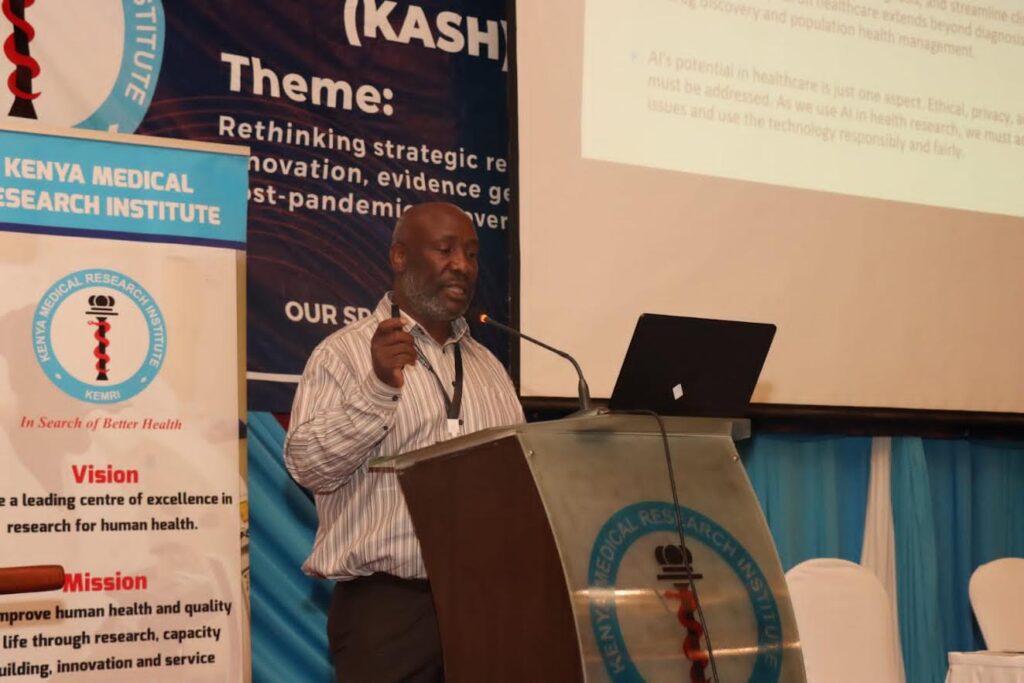A total of twenty students from different universities across the country are the recipients of the just concluded prestigious Huawei national ICT competition awards, divided into four categories, namely Network, Cloud, Innovation and Computing Tracks.
The top three students from the network category were: Riwell Wambugu Kibira from The Co-operative University of Kenya, Denis Fundi Ndunda from Laikipia University and Humphrey Iha Mwambanji from Machakos University.
Three leading students in the cloud category were: Brian Kiptotich Rutto from Laikipia University, Rush Morgan Ounza from The United States International University and Julius Kirimi Mugambi from Zetech University.
Top three winners from the computing tracks were: Ashtone Onyango Omondi from Kenyatta University, Beverlyne Nyamoita Mairura from Kenyatta University and Denis Mutuku Nthenya from Kenyatta University.
The leading students in innovation tracks were: Kariithi Anne Wanjiku from Jomo Kenyatta University of Agriculture and Technology, Rodney David Osodo from Jomo Kenyatta University of Agriculture and Technology and Patrick Kisio Muema from Jomo Kenyatta University of Agriculture and Technology.
At the same time, Huawei technologies and the Kenya Government through the Ministries of ICT and Digital Economy and Education respectively are working together to grow the population of young Kenyans that are ready to participate in the digital economy.
Speaking at the event, Eng. John Tanui, Principal Secretary, State Department for Information Communications Technology (ICT) and Digital Economy said that the partnership between the government and Huawei is expected to accelerate the process of adding more digital talent to the Kenyan economy in line with the National Digital Masterplan.
“The initiatives undertaken by Huawei to boost our national digital pipeline are impressive. We have noted that the firm has signed up 8 new ICT academy partners including USIU University, University of Eastern Africa Baraton, Umma University and Taita Taveta University, a clear demonstration that the ecosystem is growing tremendously,” he said noting that these brought the total number of universities partnering with Huawei to 58. Other new academy partners were Kabianga University, the Africa International University and the Equip Africa Institute.
Dr. Beatrice Muganda Inyangala, Principal Secretary, State Department for Higher Education and Research, commended Huawei for its consistent commitment to ICT education, pointing out that the investment in personal and professional development was a critical component of the country’s overall talent growth targets.
“Our economy is evolving and the level of ICT prevalence has also expanded to a point that we now have an urgent need for experts to work across the various sectors of the economy as a result of the evolving digital transformation,” she said, adding that the government will continue to work with partners and academia to create a positive lasting impact and to leverage on innovation and collaboration in order to address global challenges and upskill the Kenyan youth.
Huawei’s partnerships extend to UNESCO, with which the firm has had a cordial relationship for several years.
Prof. Hubert Gijzen, Director UNESCO Regional Office for Eastern Africa “I am particularly excited to see the collaboration between the private sector and academia in this competition, which is critical to preparing students for the workforce and their careers. This is becoming ever more critical in the field of technology which is increasingly being integrated into all our lives and all the sectors.”
In addition, the University of Nairobi has now been elevated to become the second Academy Support Center in Africa. The center will be expected to promote and provide support to the other Huawei ICT academies within Kenya.
The training programs offered by Huawei and its partners include internship opportunities as well. The winners and other participants were awarded internship opportunities at Huawei and in the partner organizations, Com21, TA, Soliton, Yabra, MFI.
The Huawei ICT Competition is a global competition for university and college students. It has covered 82 countries worldwide, with 150,000+ student contestants from 2,000+ universities and colleges. In Kenya, Huawei ICT Competition 2022-2023 has attracted 3,200+ students from 40 universities promoting digital skills in Networks, Artificial Intelligence, Cloud and Big data.
The competition aims at driving the development of high-quality ICT talent, select qualified talent for the industry, continuously provide future driven training, promote active participants for digital transformation, promote efficient mapping of talent supply and demand and further contribute to a sustainable talent ecosystem.
Huawei is a leading global provider of information and communications technology (ICT) infrastructure and smart devices operating in over 170 regions and countries. The firm is committed to bridging the digital divide and cultivating local ICT talent through various training programs curated for university/college students, public servants among other key recipients.












